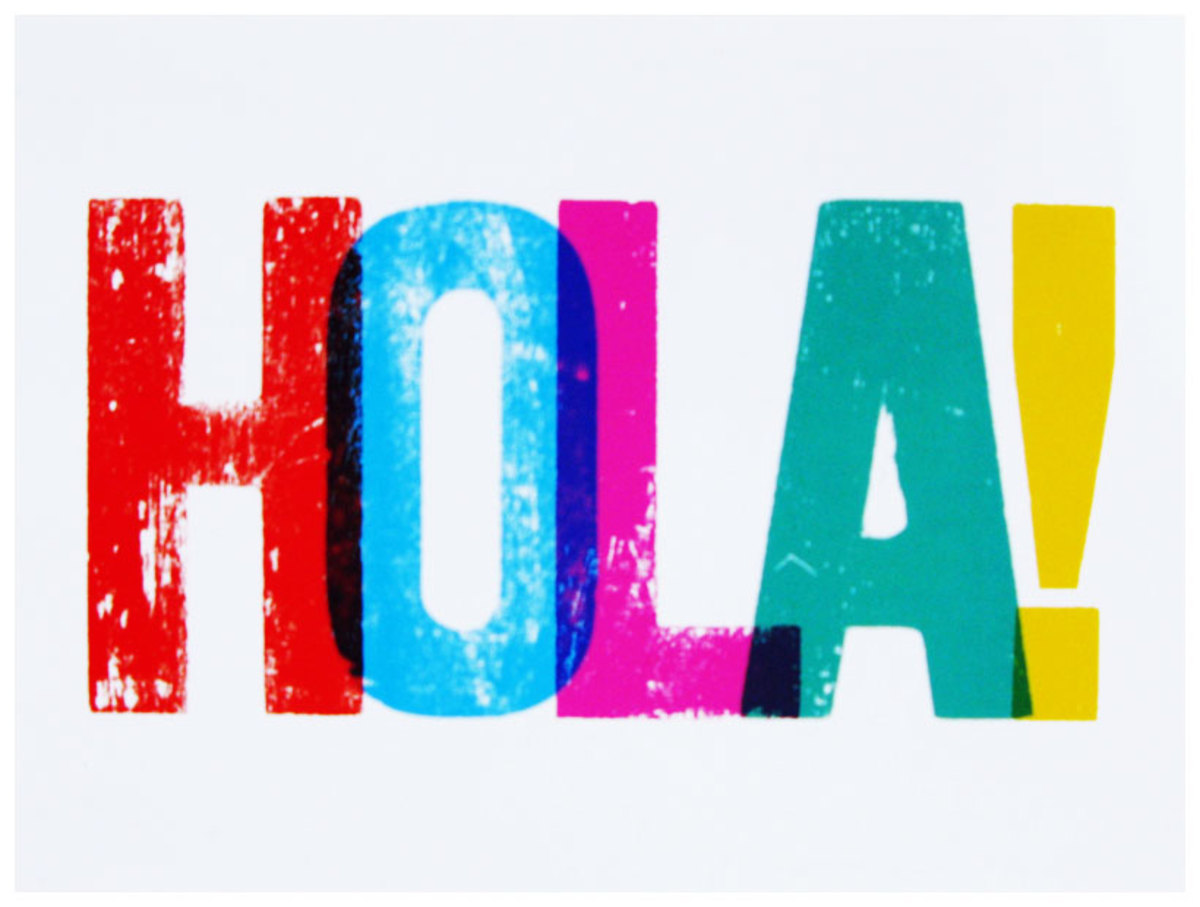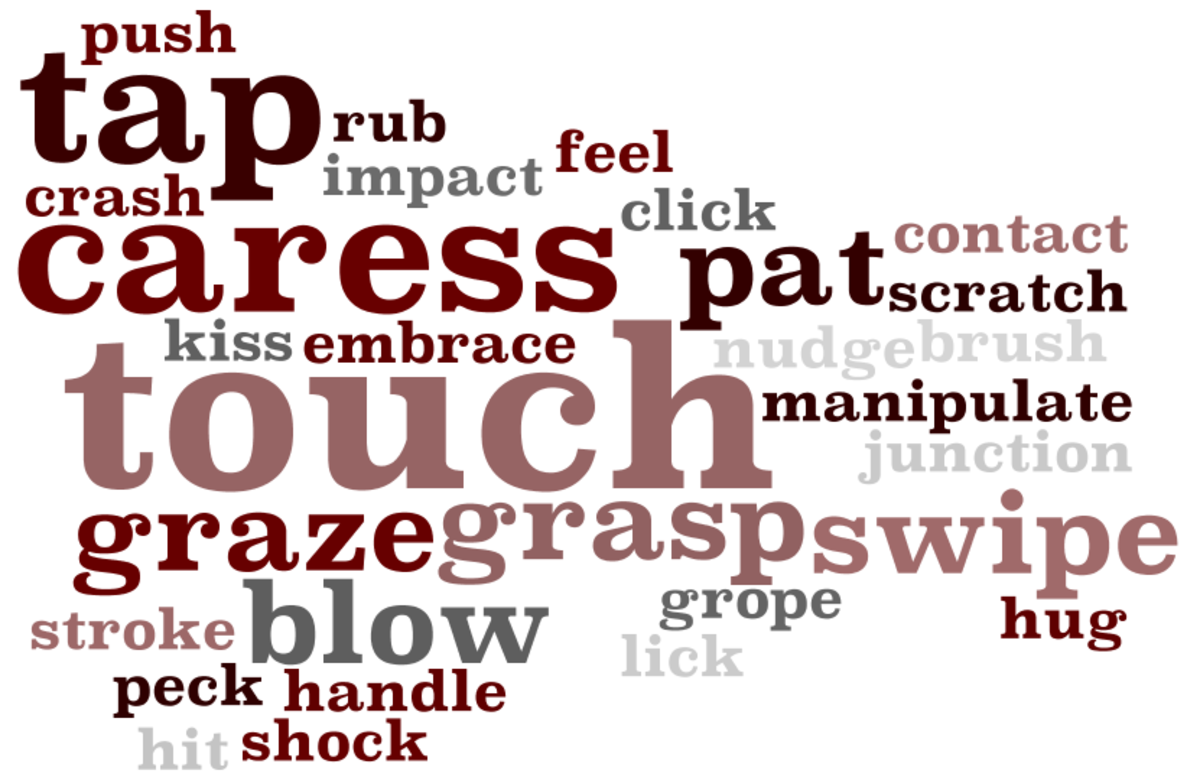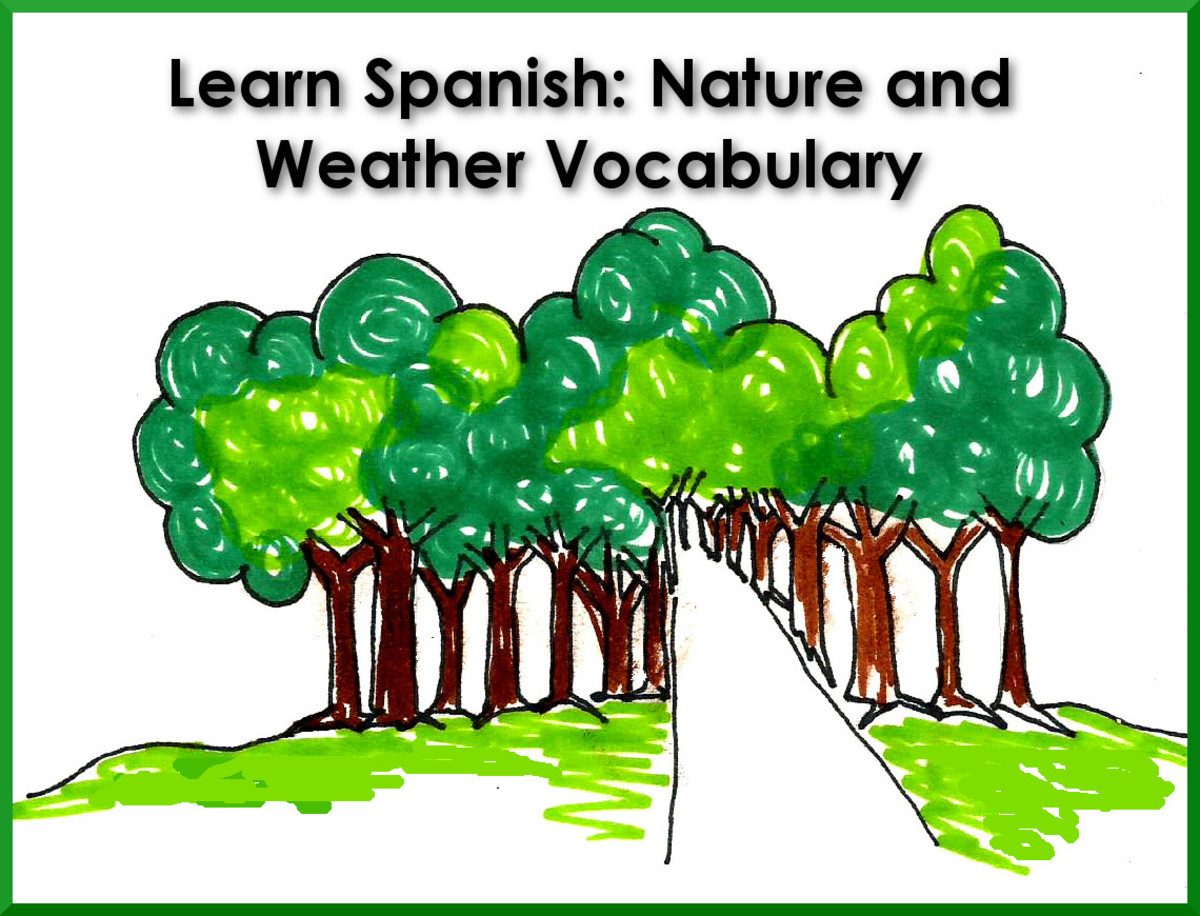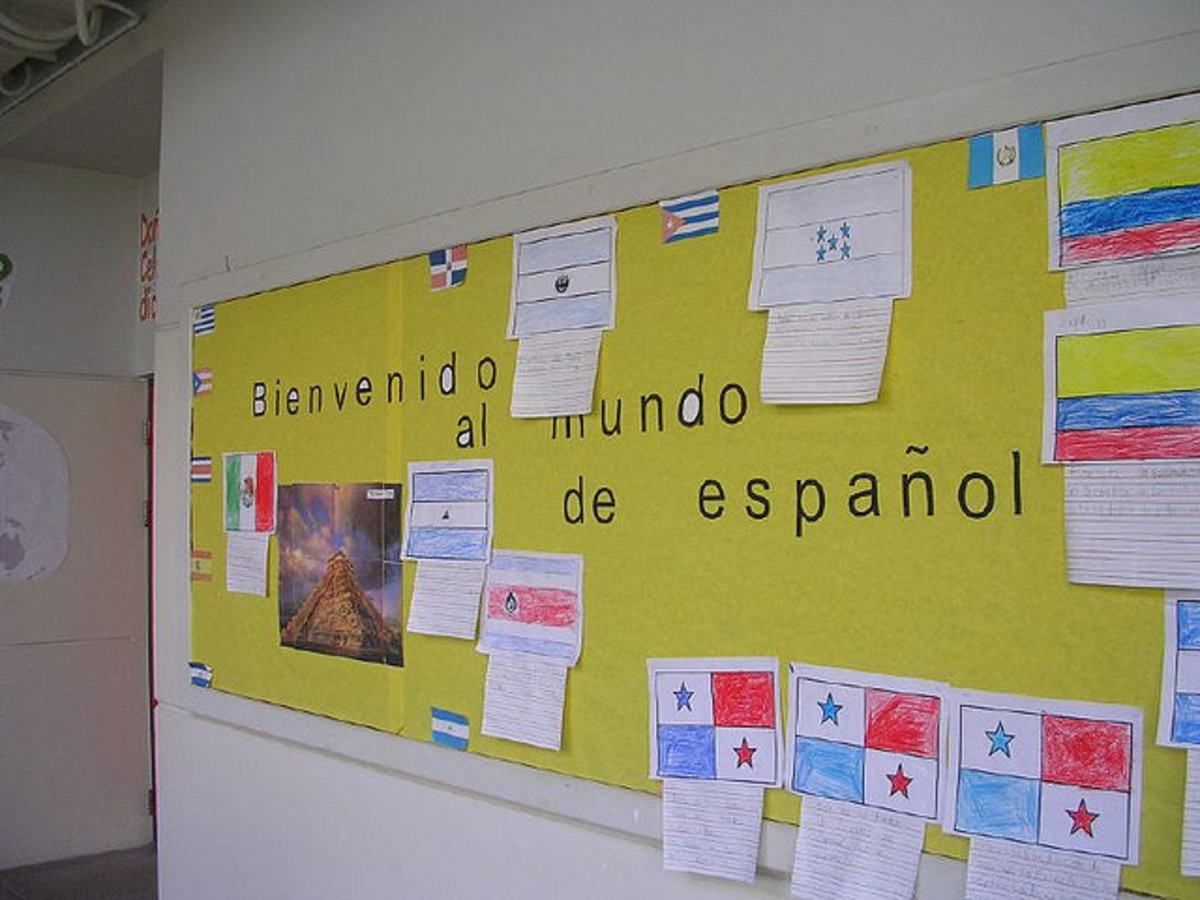Spanish Lesson Seventy-Nine: Superlatives

Good Evening Readers!
So the clocks have sprung forward and now we have an extra day of wonderful sunlight. I hope you all are enjoying it and out flying kites, riding bikes, etc. Anywho, welcome to today's Spanish lesson. Due to time constraints with other projects, there will not be a Spanish lesson next week. So this week, soak in as much as possible and be ready for a breather next week (we both need it, trust me).
Last week we discussed prefixes in the Spanish lesson. That was more of a way to gain perspective of nouns and verbs with a prefix attached to it. This week, we're going to discuss superlatives. Don't worry, if you don't know what they are, I'll explain.

- To Learn the purpose of superlatives
- To Be Able to identify superlatives in a common Spanish sentence
- To Be Able to quickly make use of superlatives in everyday Spanish
Hace Buen Tiempo?
What Are Superlatives?
Hey Readers!
A few weeks ago we discussed comparisons. We discussed comparing things directly and by similar characteristics as well as something that is like or as something. If you want to go back to review that, check out Spanish Lesson Seventy-Seven. Superlatives mean the "most" or "least" of a particular description. This is an expansion of describing and comparing things. Check out the vocabulary list below and I will explain the use of superlatives.
Keep in mind that there are multiple ways to make use of superlatives. You can do several things. I will explain those methods below. Thanks for reading!

English Word
| Spanish Equiv
|
|---|---|
Oldest
| El/La Mayor
|
Largest/Biggest
| El/La Mayor
|
Youngest
| El/La Menor
|
Worst
| El/La Peor
|
Best
| El/La Mejor
|
Hottest
| Calentisimo*
|
Very Long
| Larguisimo*
|
Super White
| Blanquisimo*
|
Super Bitter
| Amarguisimo*
|
Today's Vocabulary
Hey Friends!
Today's vocabulary consists of several superlatives to use for this week's lesson. This is not a complete list as superlatives can be created like other words in the Spanish language. Some of these words are irregular. Those that are have an asterisk next to it. So keep in mind about that. Also, take a look at some words that have been repeated from our Making Comparisons lesson. Mayor, Menor, Peor, and Mejor double as adjectives and nouns. Can you see the correlation?
If you don't, then I'll explain in today's lesson. Don't worry too much about the irregulars, they'll make sense once you take a look at them.
- Two Types: Relative and Absolute.
- Indicate the maximum amount of an adjective
- Formed by two sets of formulas or by adding an ending to a current adjective
Using Superlatives
Hey Friends!
So this lesson is a bit different than most. I'm going to be talking about Superlatives... they're basically the equivalent of extreme adjectives. We used these words in Spanish to say that something has reached an extreme quality of something. We can say big, very big, or super big. Right? Let's start with the simplest way to form a superlative.
El/La + Menos/Más + Adjective + de
This particular formula forms a Relative superlative... saying something is the least or most (+adjective) in comparison to something else. We touched a bit on this when we discussed comparisons, but I'm repeating it in case it was enough. It's very simple to create a Relative Superlative in this case. Just plug in the words to the formula. Here... look at this example.
Mi perro es el más contento en mi famila. My dog is the happiest in my family. When "más" is placed directly in front of an adjective it refers to more. However, in this case, it comes after after a definite article. When this happens, assume the word "most". Most + Happy = Happiest.
For adjectives that have singular comparisons, skip the use of más or menos. This is for in the cases in which you use mayor, menor, peor, mejor, etc.
For using Absolute Superlatives, just add an ending to any adjective. Absolute Superlatives do not describe or compare something in a larger group. This is used in the case when something is biggest or baddest of anything. Let's take a look.
¡La chica is bellisímo! The girl is very (super) beautiful! When "ísimo" or "ísima" is added to the end of an adjective, it takes on the greatest extent of that adjective. It is, as we say, absolute. In most cases you can attach this ending to make your adjective an Absolute Superlative. There are irregulars, however, and you should investigate the words you use beforehand if you're unsure.
There are several irregulars in my list above to use as examples. Also, consider that adjectives that have "-ble" at the end tend to make use of a change to "bil", For more information on that, check out the links below as well as the video. They are very informative on this particular topic. Thanks for reading!
Oh! On March 24, 2014, we will pick up on new lessons again. We will discuss Perfecto Subjuntivo. Make sure you don't miss that one!
- Comparatives and Superlatives in Spanish; Spanish Grammar
An explanation of how comparatives and superlatives are formed in Spanish, with links to related lessons. - Superlatives - the best, worst, most, & least
- Superlatives
Spanish grammar. Discussion: superlatives.
© 2014 AE Williams







